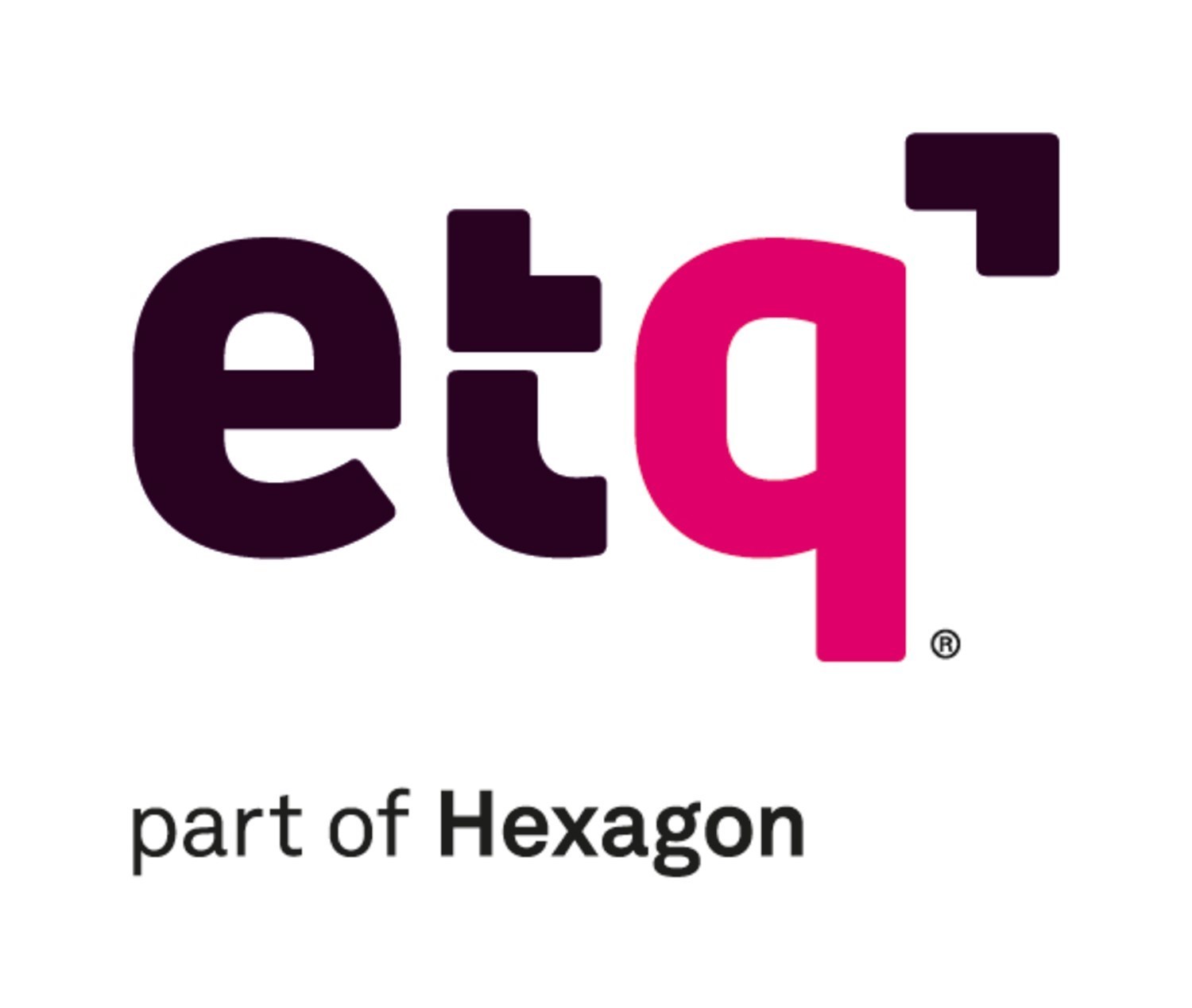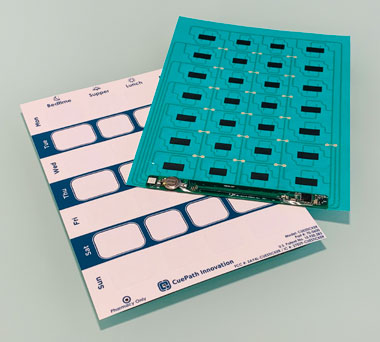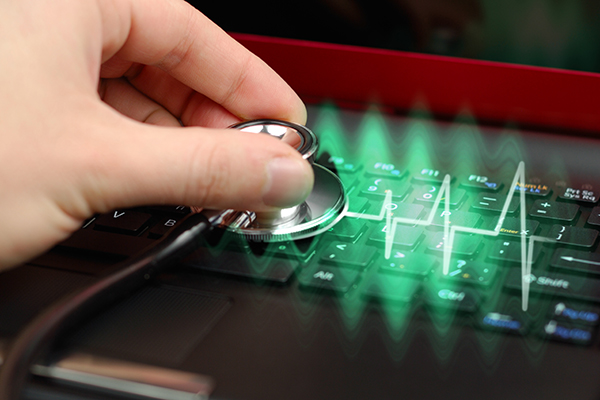
5 Lab IoT Breakthroughs Slashing Equipment Downtime
Lab IoT adoption is growing, and recent innovations make it more promising than ever. See how IoT advances can unlock new standards of equipment uptime.

Lab IoT adoption is growing, and recent innovations make it more promising than ever. See how IoT advances can unlock new standards of equipment uptime.

IoT is a key factor in patient-focused digital transformation. The technology enhances precision lab equipment and operations, providing greater clarity of medical data, streamlining experimentation and fueling industrial automation.

While the MedTech industry continues to face significant challenges related to regulatory requirements, cybersecurity issues, recalls and lawsuits, leaders in the industry are navigating and overcoming these areas to push innovation forward like never before.

Excess humidity can affect a pharmaceutical’s structure, chemical stability and dissolving rate, and this moisture can come in contact with product at multiple points throughout production and shipping. Fortunately, new technologies are making it easier for manufacturers and shippers to detect and reduce moisture before it damages their products.

RFID and IoT technologies can strengthen the medical device supply chain and improve workflows. The following real-life examples illustrate the benefits that can be achieved.

MedTech IoT start-ups and early-stage innovators often launch with a minimum viable product, or MVP, a version with just enough features and stability to be used in clinical or field-testing. With the right MVP, companies can prove technical feasibility and position themselves for success with investors. Here is how to get there.

John Taylor has 30 years of software development and senior leadership experience. Prior to joining ETQ in 2018, he was senior vice president with PTC.

Connected medical devices have many advantages but require a higher level of security. If the medical industry doesn’t improve its cybersecurity posture, it could endanger patient privacy and lives.

Numerous studies have explored the challenge of helping patients adhere to their medication regimens. One promising solution is “smart” medication blister packs with embedded sensors that enable caregivers to remotely monitor if—and when—doses are removed. But they can only be used if they are cyber-hardened against today’s dangerous and ever-evolving cybersecurity risks.

As more healthcare activities take place from home, passive continuous monitoring solutions and new technology such as artificial intelligence will be critical to communications between providers and patients. In addition, new solutions that offer overnight monitoring will play a crucial role in helping to fill the gaps, particularly in assessing patient deterioration or changes in health conditions. The pandemic has forever changed the trajectory of healthcare and specifically virtual care.